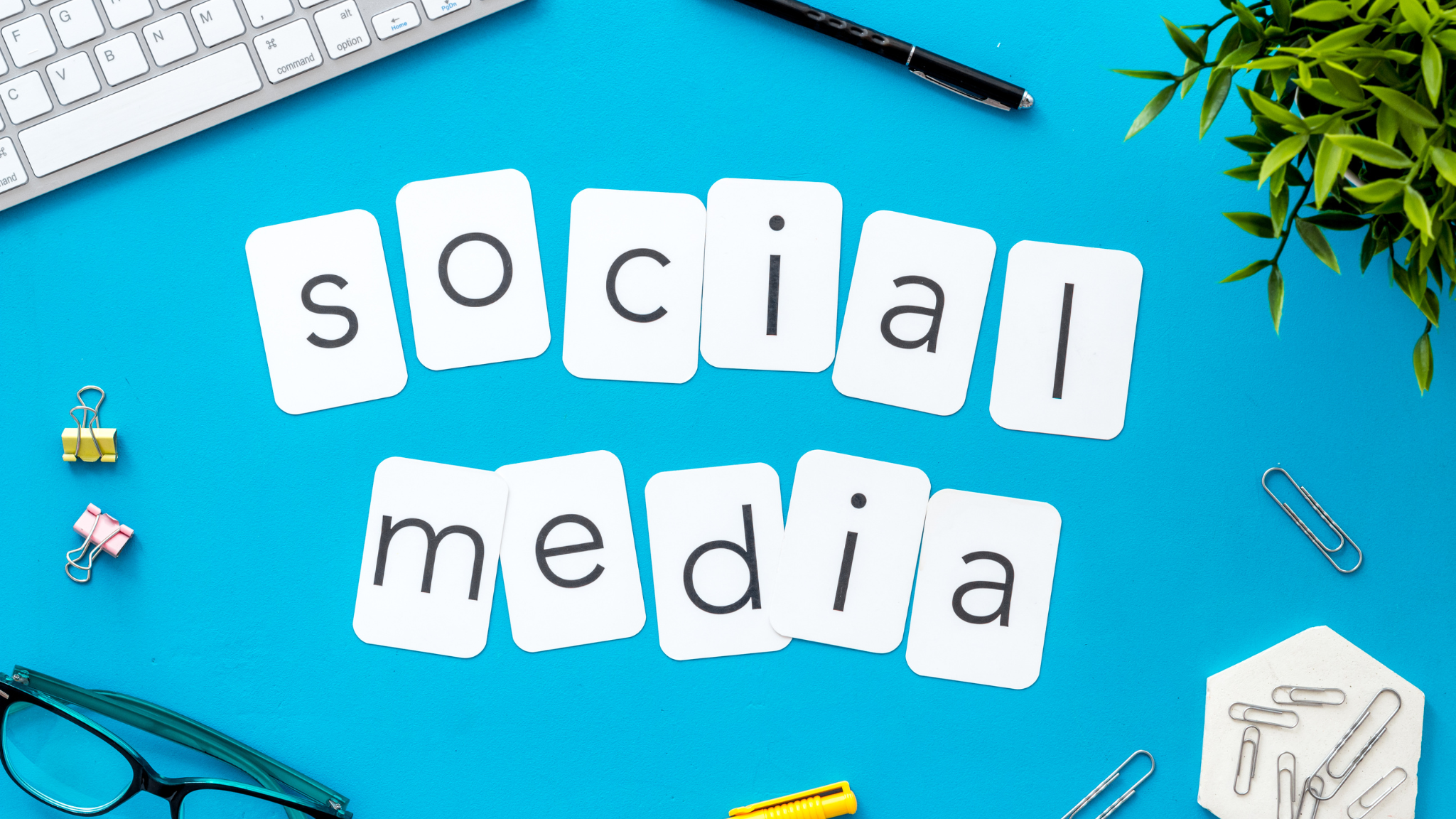Since the digital age is driven by social media platforms, brands seek more power from social media influencers. A marketing strategy that works has a target audience, and to be able to capitalize on what consumers crave, it is important to find influencers who create content that are fine-tuned to your brand’s voice, core values, and overall business objectives.
Influencer marketing is important because it influences buyers’ purchasing decisions, pushing potential customers to place an order, subscribe online, or as simple as fill out a membership form. User-generated content ushers in genuine connections, building trust among your niche audience and boosting traffic in multiple platforms. Social media presence, after all, enhances audience engagement.
If your brand aspire to promote products, also, you have to be careful and mindful in choosing the right influencer. Relevant influencers impart valuable insights, come up with creative content, and reflect your brand’s reputation. To do this, determine who your target market is and from there, develop digital marketing campaigns that make your company tick.
Content Creator Classifications
Nano Influencers (1,000-10,000 followers)
Nano influencers have a niche community, but cultivate a long-term loyal audience. Their followers feel that authenticity is at their core, that is why their recommendations are trusted and valued. To boost brand visibility, involve nano influencers in close-knit campaigns.
Micro Influencers (10,000-100,000 followers)
Micro influencers maintain creative content that are more targeted. They have a specific niche, and are seen as trustworthy experts or industry enthusiasts who attract a specific audience. Micro influencers are more compatible with marketing campaigns that target a distinct and focused demographic.
Mid-Tier Influencers (100,000-500,000 followers)
Mid-tier influencers make a true solid following on social media. Most of their followers find them relatable like smaller influencers but with a larger reach, striking an ideal balance between engagement and exposure. Best for marketing campaigns that require more community and targets, these mid-tier personalities are perfect for an already-engaged audience.
Macro Influencers (500,000-1,000,000 followers)
Macro influencers are mostly celebrities or global figures who have cultivated a global following. They are recognized for their respective careers and craft, and increase audience interaction on a profound level. Typically, they get invited or guest product launches, and significantly drive sales. While they increase brand awareness, though, all the “bigger influencers” feel less personal and likely function as an endorser for a business entity.
Mega Influencers (1,000,000+ followers)
Mega influencers have a massive global following and are great for raking in engagement rates. The public prize them for their invaluable opinion, impacting reach and eventually, search engine rankings. Due to their vast influence in various platforms, mega personalities define trends and set standards, appealing to more audiences and allowing themselves to take on ambassadorship responsibilities for world-renowned brands, publications, and businesses.
Why Influencer Marketing Is Important

1. Access to targeted audiences
Content creators whose audiences align with a company or brand’s target market can be tapped for marketing campaigns. This targeted approach is better than broad advertising, which cannot necessarily connect with the desired demographic.
2. Authentic advertising
Creating a sense of credibility is important in running influencer marketing campaigns. What makes a brand stand out is its stellar pool of people who perceive them positively, and the best influencers can impact conversion rates through their recommendations.
3. Enhanced engagement
Exposure is good, but engagement is better. What enables you to grow as a business or a brand is consistent and meaningful connections or engagements. Influencers evoke interactions, resulting in enhanced engagement rates and active participation from the audience.
4. Cost-effective content
The important benefits of influencer marketing lie in the management of costs incurred for running influencer campaigns. Ideally, influencer marketing is more affordable than traditional advertising, boosting and enhancing brand awareness at a more reasonable and malleable amount.
5. A promising social proof
When content creators consume or recommend a product, the public perceives it as real and authentic. This, in turn, acts as a social proof, stimulating customers to try and check out the items themselves. Trustworthy influencers can also create a domino effect, elevating the demand for a prized product.
6. Visibility and virality
Social media influencers have the ability to initiate social media posts with the potential of going viral, getting added likes and audience engagement. This empowers and supports social media marketing as a result, and may rake in potentially thousands of pageviews.
7. Collaborative community
Apparently, the influencer marketing industry has endless opportunities for collaboration, opening up endorsements and partnerships between brands and product ambassadors. Additionally, influencer marketing works for most interactive activities online or offline.






